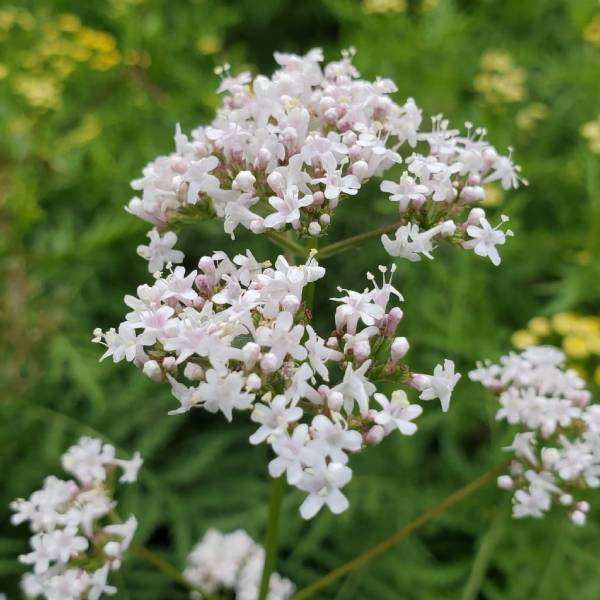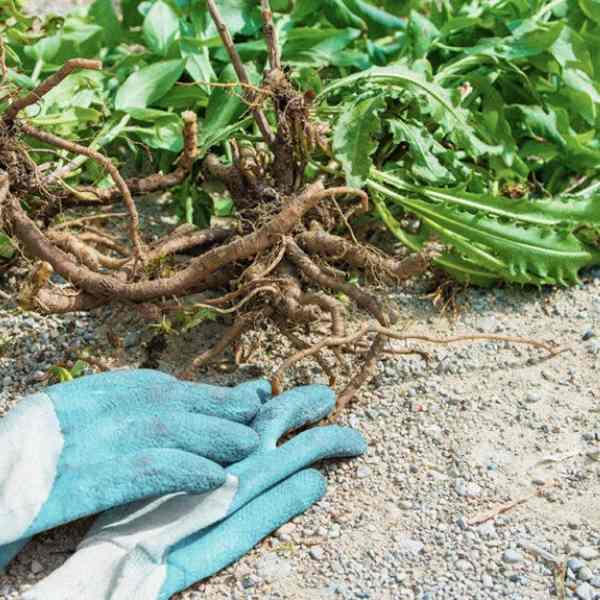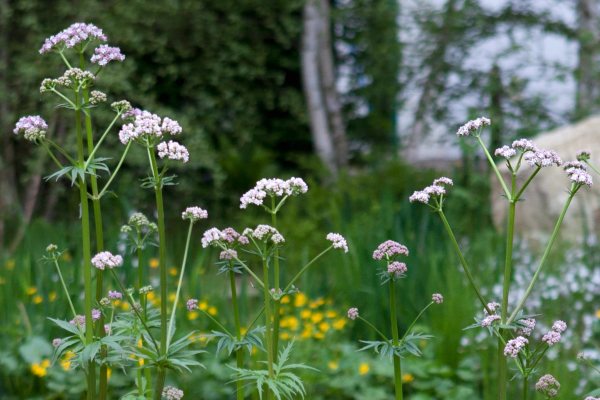Valerians also known as Valeriana officinalis is typically a herbal medicinal plant that is also an attractive garden plant. During summertime, it bears tall stems topped with white flowerheads consisting of many tiny blooms, which attract pollinators.
Common Valerian is also known as all-heal, garden heliotrope, and St George’s herb. Since this plant is extremely attracted to cats, it is also known as cat’s valerian. This medicinal plant’s roots have sedative and calming properties. Do not confuse valerian with red valerian, a plant that is common on walls and banks, especially in coastal areas.
How to grow, plant, and propagate valerian?
We suggest you plan valerian in an informal setting in moisture-retentive soil. After flowering in summer, cut back faded flower stems to avoid self-seeding and then cut back all growth after it has died back in autumn. You can easily propagate by seed, division, or cutting.

It is better to grow these plants in a cottage garden, an informal border or wild garden, at the edge of a pond or streamside, ideally in moist soil. They thrive in partial shade. The flower of these wonder plants can grow to 1-1.5m tall from a basal clump of foliage, so plant towards the middle or back of a border.
Also, Read Here are 11 Indoor Palm Plants That Give Your House a Tropical Touch!
Tips for fail-proof valerian seed germination
-
Cold stratification improves germination for valerian seeds. To cold stratify valerian seeds indoors, place them in the refrigerator for two weeks before starting seeds indoors.
-
Cold stratification of valerian seeds can also be accomplished through winter sowing. Plant seeds outdoors in late winter or fall, where they can go through a cold winter period and germinate in spring.
-
After cold stratifying, plant valerian seeds ½” deep.
-
Soil temperature of 60º to 70ºF is optimal for germination.
-
Keep seeds moist until they germinate, which can take 2 to 3 weeks.
How to transplant Valerian seedlings outdoors
-
Once valerian seedlings have true leaves and are several inches tall, they can be transplanted outdoors.
-
Wait until all danger of frost is passed and take time to harden off tender seedlings.
-
Transplant seedlings to a location with full sun or partial shade.
-
Space valerian seedlings 18” apart. Mature plants can grow 3 to 5 feet tall.
Since valerian, it can be planted in autumn or spring, as well as in mild spells during winter. Summer planting can be done as long as these plants get water for the rest of the first growing season.
Propagating valerian is not a tough job. They can be grown from seed sown in spring, from softwood cuttings taken from new shoots in spring, or from established clumps divided in spring or autumn. You can either sow seed directly where plants are to grow, in mid to late spring or sow in containers under cover in early spring and grow on to plant outside in late spring to early summer. Valerian is a self-seeding plant and new plants may turn up from one single plant growing in your garden.
How to harvest and use Valerian?
The part of Valerian that carries medicinal purposes is its root. You have to wait until the plant is well-established and at least two years old. You can then dig up whole roots in late autumn. Then, wash the roots thoroughly and remove the tiny fibrous roots around the inside, then dry in an airy place such as an outhouse or under cover outdoors, as the roots give off an unpleasant smell.
The root is most probably known as a remedy for insomnia. Additionally, it acts as a sleep aid and has been used for anxiety, and stress, to treat addictions, gas, pain, hyperactivity, convulsions, intestinal cramping, migraines, epilepsy, and the flu.

Today, in Europe, these plants are cultivated for producing an over-the-counter tranquilizer.
What are the edible uses of Valerian?
Once a common ingredient in the Middle Ages, Valerian has fallen from popularity in the edible senses. While we do not find Valerian in any of our dishes today, the seeds can be eaten when lightly roasted.
Tea can also be prepared from its roots. Add 1 teaspoon of valerian root to 1 cup of near-boiling water. (Boiling water can degrade the active components of the root) Cover and steep for 10-15 minutes. Drink fresh for the best results.
Consider the following things while growing Valerian in your garden
1. Sun
Valerians thrive in full sun to partial shade. Too much shade can result in floppy stems under the weight of the flowers.
2. Soil
Valerian loves soil that is rich in nutrients and retains moisture without staying waterlogged.
3. Water
Valerian needs to be regularly watered. These plants won’t grow in drought conditions.
4. Pruning
What most people don’t know is that Valerians are self-sowers. To prevent self-seeding, snip flower heads off valerian plants before they go to seed.
How many types of Valerians are there?
The Valerian has 420 species, which includes a broad variety of annual and perennial herbs as well as subshrubs.
